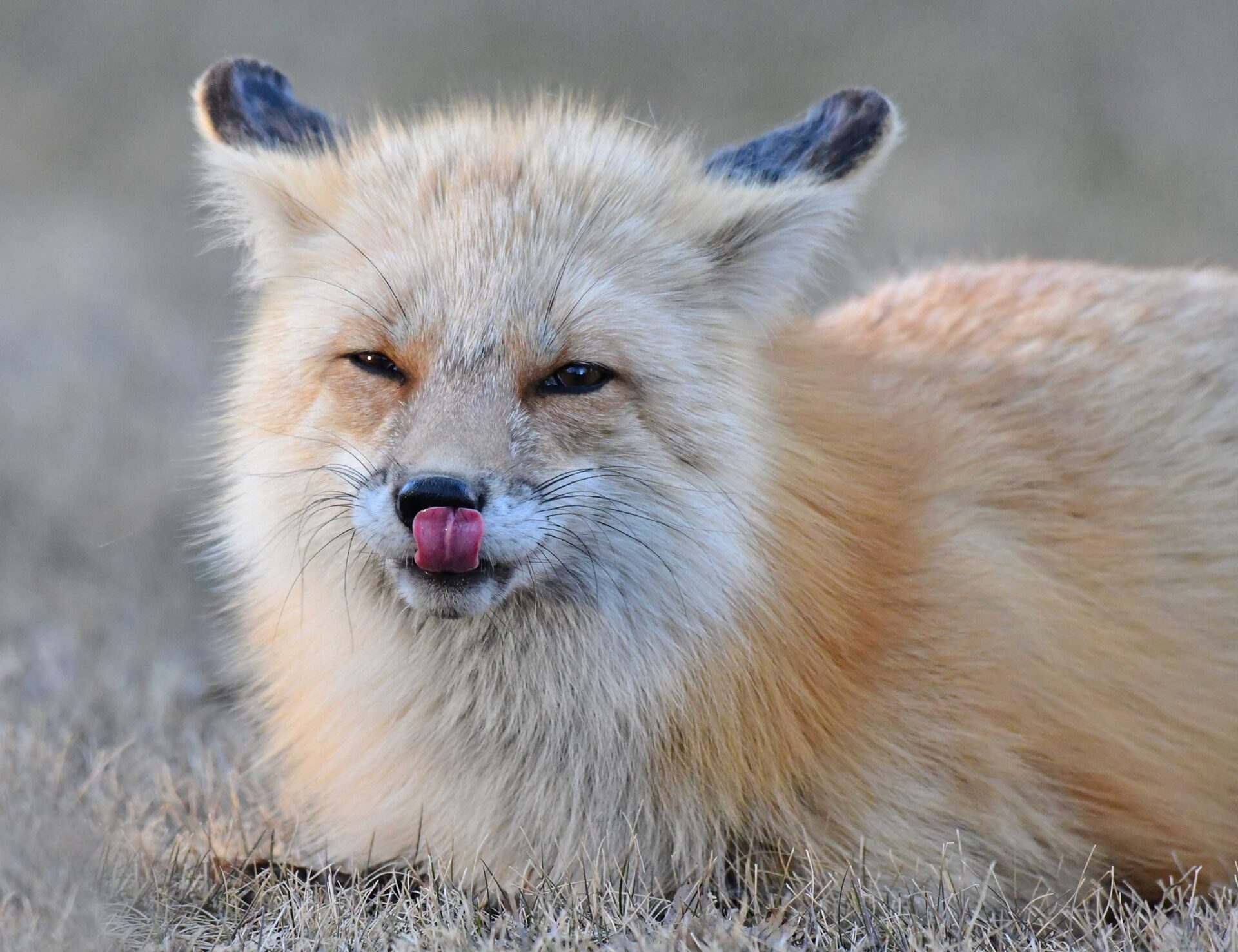
Nature tourism, an opportunity to explore Sylvan Lake’s biodiversity.
Sylvan Lake’s unique aspen parkland means that the region is home to a diverse array of wildlife. From songbirds to red foxes there’s so much to see if you take the time to look!
The lake is known for its scenic beauty, excellent boating opportunities and popular beaches, but Sylvan Lake and area also has a lot to offer for reconnecting with nature. Two nature reserves and 26 kilometers of trails connecting beautiful parks and the famous lakefront provide plenty of opportunities for nature exploration.
In fact, Sylvan Lake was named from the latin word ‘sylvanus’ meaning “of a forest” for the many trees in the area. Surrounding the lake is an abundance of poplar and mixed wood forests that provide excellent habitat for a variety of bird species and other wildlife.
“The lake supports a few pairs of bald eagles and osprey. Both species have nests adjacent to the water,” said Sylvan Lake’s Myrna Pearman, biologist, author, and nature photographer. “In some of the more secluded areas of the lake, you can spot other species such as great blue herons, American white pelicans, waterfowl and various species of shorebirds.”
In the summer, taking a kayak out is a great way to explore undisturbed shoreline habitats, especially in areas where the vegetation is protected. These areas can be accessed from the various range roads that lead to the lake.
According to the Red Deer Naturalists, the most common bird species found in and around the lake include Black-billed Magpie, Boreal Chickadee, Black-capped Chickadee, House Finch, Merlin, Common Raven, Mallard, Common Goldeneye, Bohemian Waxwing, Ruffed Grouse, Canada Goose, Downy Woodpecker, Hairy Woodpecker, Northern Flicker, Red-breasted Nuthatch, White-breasted Nuthatch, Blue Jay, and many others.
During the summer, Baltimore Orioles, Mountain Bluebirds, Ruby-throated Hummingbirds, as well as various species of flycatchers, vireos, swallows, wrens, thrushes, warblers, and finches can be found nesting.
Off the lake, visiting naturalists can spot coyotes, foxes, moose, deer as well as the occasional visiting cougar or bear.
Sylvan Lake is a place where nature’s splendour is tucked into unexpected places but easily discovered with an inquisitive eye. Pearman’s upcoming book, “Beauty Everywhere II” explores that notion with photo essays that capture the natural local beauty.
“I’ve been so many places in the world as a photographer, but my real joy and passion is to photograph what we have here in our own backyard. Local species are often overlooked in favour of more exotic wildlife found elsewhere. I love to explore local protected areas and, during the summer, kayak not only Sylvan Lake but also the small ponds and rivers that can be found throughout the area. ,” Pearman said.
So if you needed a sign, here it is! Go check out some of these preferred locations and discover Sylvan Lake’s wild side.
For the more adventurous naturalist, the Sylvan Lake Natural Area is an 11-hectare mature aspen/balsam/mixed woodland on the northwest shore of the lake. It’s a bush whack but the natural area displays a tremendous variety of wildlife. Upon arriving look for a small overgrown, wet trail to the southeast. Birders can expect to view notable species such as Ruffed Grouse, Bald Eagle, Veery, Swainson’s Thrush, Ovenbird and more. The area is also excellent for viewing waterfowl and Canada’s largest woodpecker, the Pileated Woodpecker can be spotted here among the old growth trees.
Find it: Turn south on Range Road 2-4 off Rainy Creek Road (Twp Rd 40-0 ). The Natural Area is at the end of the road.
Burns Nature Park is a 20-acre nature reserve, located on the east side of Sylvan Lake. The area features trails that weave through wetlands, forests of poplar birch and spruce, with a 420-metre stretch along the shoreline. Along the way, hikers or cross-country skiers may encounter the inhabitants of the land including deer, moose, foxes, and of course, more birds!
A welcome sign as well as interpretive signage highlight the natural features and history of the land where Indigenous peoples historically hunted and gathered. The site has a large parking area as well as an outhouse.
Find it: The park is located at the west end of Aspelund Road/Township Road 39-4 (civic address 2019 Township Road 39-4).
Located just five minutes outside of town, Jarvis Bay Provincial Park is a great spot with an interconnected trail system perfect for a nature hike. The trail follows along a shoreline cliff with opportunities to peek at the lake from various viewpoints. Expect to see everything from ducks, Red-Necked Grebes and loons. But don’t be surprised to see something totally unexpected as migratory birds fly by.
Find it: Location: Southeast shore of Sylvan Lake approximately 19 kilometers west of Red Deer
Other Resources for Sylvan Lake Nature Exploration
- Nature Central and the Habitat Steward Program – a great resource for research and discovering protected areas in Central Alberta. The goal of Nature Central is to celebrate the protected areas in Central Alberta and to increase the appreciation, thoughtful exploration, non-consumptive use, and ecological understanding of these areas.
- Central Alberta Birding Trails – Online/real-time maps and descriptions of every tucked away trail for birders and nature lovers alike.
- Red Deer River Naturalists Mapping Project – Like Google Earth but for Central Alberta nature explorers. The purpose is to document is to celebrate and promote the respectful public enjoyment of the approximately 170 protected areas that are found within a 100-km radius of Red Deer, Alberta.
